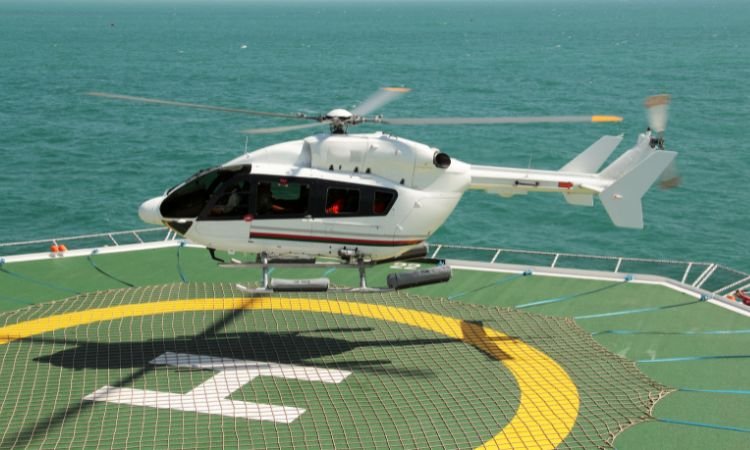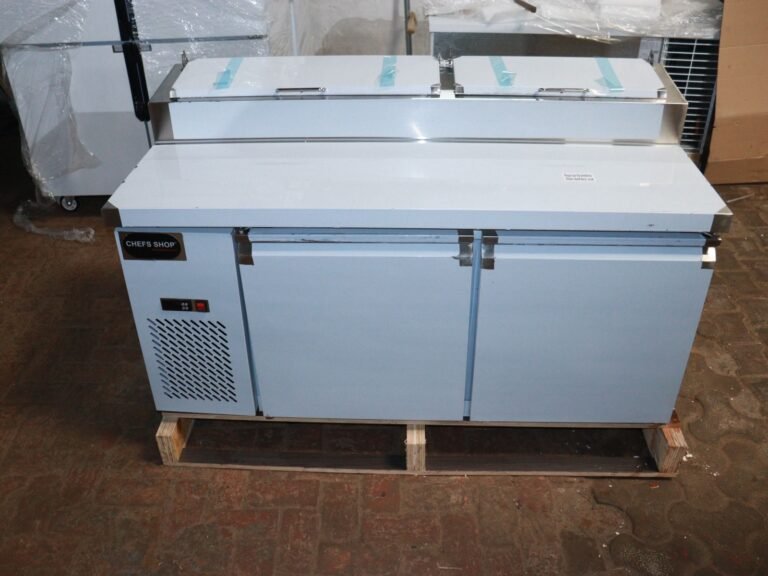Helideck Monitoring System Market Overview (2024-2032)
The global helideck monitoring system market size reached a value of about USD 452.32 million in 2023. The market is further expected to grow at a CAGR of about 4.4% in the forecast period of 2024-2032, reaching a value of around USD 665.88 million by 2032. This growth reflects the increasing reliance on helideck monitoring systems across various sectors, particularly in marine and oil and gas industries, where safety and operational efficiency are paramount.
1. Market Overview
Helideck monitoring systems (HMS) play a critical role in ensuring the safe operation of helicopters on offshore installations and vessels. These systems monitor environmental conditions, including wind speed, visibility, and temperature, providing real-time data that is crucial for safe helicopter landings and takeoffs. With the rising demand for efficient logistics and transportation in remote areas, the importance of these systems cannot be overstated.
2. Market Share Analysis
Breakdown by Vertical
The helideck monitoring system market can be segmented into various verticals, with the most significant being marine and oil and gas.
- Marine: As offshore operations continue to expand, the marine sector is increasingly adopting helideck monitoring systems to enhance safety and compliance with regulatory requirements. The integration of advanced monitoring technologies helps mitigate risks associated with weather conditions, ensuring operational continuity.
- Oil and Gas: This sector remains a key driver for the market, with helideck monitoring systems being essential for offshore drilling platforms and service vessels. The need for reliable transportation of personnel and equipment to and from these installations underscores the importance of effective monitoring systems.
Examination of System Types
Helideck monitoring systems are categorized into two primary types: hardware and software.
- Hardware: This includes the physical components of monitoring systems, such as sensors, data loggers, and display units. The hardware segment is vital for real-time data collection and operational decision-making.
- Software: Software solutions facilitate data processing and analysis, providing users with actionable insights. As technology evolves, software innovations are making monitoring systems more intuitive and user-friendly.
Application Insights
Helideck monitoring systems serve two primary applications: commercial and defense.
- Commercial: In the commercial sector, helideck monitoring systems support businesses in ensuring compliance with safety standards while optimizing operations. This includes passenger transportation and cargo logistics.
- Defence: Military applications require robust and reliable monitoring systems to support helicopter operations in various environments. These systems are critical for mission success, especially in challenging weather conditions.
End Use Categories
The market is also segmented by end use, focusing on OEMs (Original Equipment Manufacturers) and the aftermarket.
- OEMs: Companies that manufacture and install helideck monitoring systems directly contribute to market growth by incorporating advanced technologies into their products.
- Aftermarket: This segment includes maintenance, repairs, and upgrades of existing systems, reflecting a growing trend towards enhancing operational capabilities.
3. Regional Analysis
The global helideck monitoring system market exhibits varying dynamics across regions, with key markets including:
- North America: This region is a significant player, driven by the presence of major oil and gas companies and stringent safety regulations.
- Europe: Europe’s offshore operations are expanding, particularly in the North Sea, leading to increased demand for helideck monitoring systems.
- Asia-Pacific: The growing investments in offshore oil and gas exploration in countries like Australia and India are propelling market growth in this region.
- Latin America: Brazil’s offshore oil fields represent a lucrative market for helideck monitoring systems as the country ramps up its energy sector.
- Middle East and Africa: This region continues to invest in oil and gas exploration, making it a critical area for the expansion of helideck monitoring technologies.
4. Market Dynamics
SWOT Analysis
A comprehensive SWOT analysis reveals the underlying strengths, weaknesses, opportunities, and threats in the helideck monitoring system market:
- Strengths: High demand for safety and compliance in offshore operations.
- Weaknesses: High initial investment costs for advanced systems.
- Opportunities: Increasing focus on automation and digitalization in the maritime sector.
- Threats: Fluctuating oil prices affecting capital expenditure in the oil and gas industry.
Porter’s Five Forces Analysis
Applying Porter’s Five Forces framework allows for a deeper understanding of the competitive landscape:
- Competitive Rivalry: High competition among established players and new entrants drives innovation and pricing strategies.
- Threat of New Entrants: Moderate; while the market has significant growth potential, high capital requirements can be a barrier.
- Bargaining Power of Suppliers: Varies; suppliers of specialized components may hold more power.
- Bargaining Power of Buyers: Increasing, as companies demand more advanced and cost-effective solutions.
- Threat of Substitute Products: Moderate; while there are alternatives, the specificity of helideck operations limits substitutes.
Key Indicators for Demand
Several factors are driving the demand for helideck monitoring systems:
- Technological Advancements: Innovations in sensor technology and data analytics are enhancing system capabilities.
- Regulatory Changes: Stricter safety regulations in offshore operations necessitate the adoption of monitoring systems.
- Market Growth Drivers: An increasing number of offshore projects globally is propelling the market forward.
5. Competitive Landscape
The competitive landscape of the helideck monitoring system market features several key players. Companies such as Honeywell, Siemens, and Kongsberg are leading the charge by investing in research and development to introduce advanced monitoring solutions. Their strategies focus on enhancing product offerings through technological innovation and strategic partnerships, allowing them to maintain a competitive edge.
6. Future Outlook (2024-2032)
Looking ahead, the helideck monitoring system market is poised for steady growth. The expected CAGR of 4.4% underscores the continuous demand for safety and efficiency in offshore operations. Emerging trends such as automation, the integration of IoT devices, and advancements in AI will further revolutionize the market. However, challenges such as fluctuating oil prices and economic uncertainties could impact growth trajectories.






